With the rise and prevalence of social media platforms across the globe, various aspects of life, including art, have experienced significant transformations. The African art scene, characterized by its diverse and rich cultural heritage, has particularly benefited from the opportunities presented by social media. This journal aims to explore the impact of social media on African art and artists by examining its role in providing new platforms for exposure, networking, and collaboration, while also discussing the challenges and opportunities it presents.
Social Media as a Platform for African Artists to Showcase Their Work
One of the most significant impacts of social media on African art and artists is the ability to overcome geographical barriers and reach a global audience. Through platforms such as Instagram, Facebook, and Twitter, artists can showcase their work, engage with potential buyers, and garner international recognition.
- Laolu Senbanjo – A Nigerian visual artist and body painter, Senbanjo gained international fame through his social media presence. His unique style of body painting, known as “The Sacred Art of the Ori,” caught the attention of celebrities like Beyoncé, which led to collaborations and further exposure. Laolu Senbanjo shot to global fame when he worked with US pop artiste Beyoncé on the Lemonade album
- Tony Gum – This South African multimedia artist uses social media, particularly Instagram, to showcase her work, which explores themes such as identity, culture, and feminism. Her online presence has attracted the attention of art collectors and galleries worldwide, earning her the title of “Coolest Girl in Cape Town” by Vogue.
- Osborne Macharia – A Kenyan photographer whose stunning images blend elements of fantasy, culture, and fashion, Macharia’s work has gone viral on social media platforms. His unique visual narratives have led to collaborations with major brands such as Absolut Vodka and Mercedes-Benz.
- Karabo Poppy Moletsane – A South African illustrator and graphic designer, Moletsane’s vibrant and bold designs have gained her a massive following on Instagram. Her work has been featured in global campaigns for brands like Nike, Google, and Apple, leading to an increase in demand for her art.
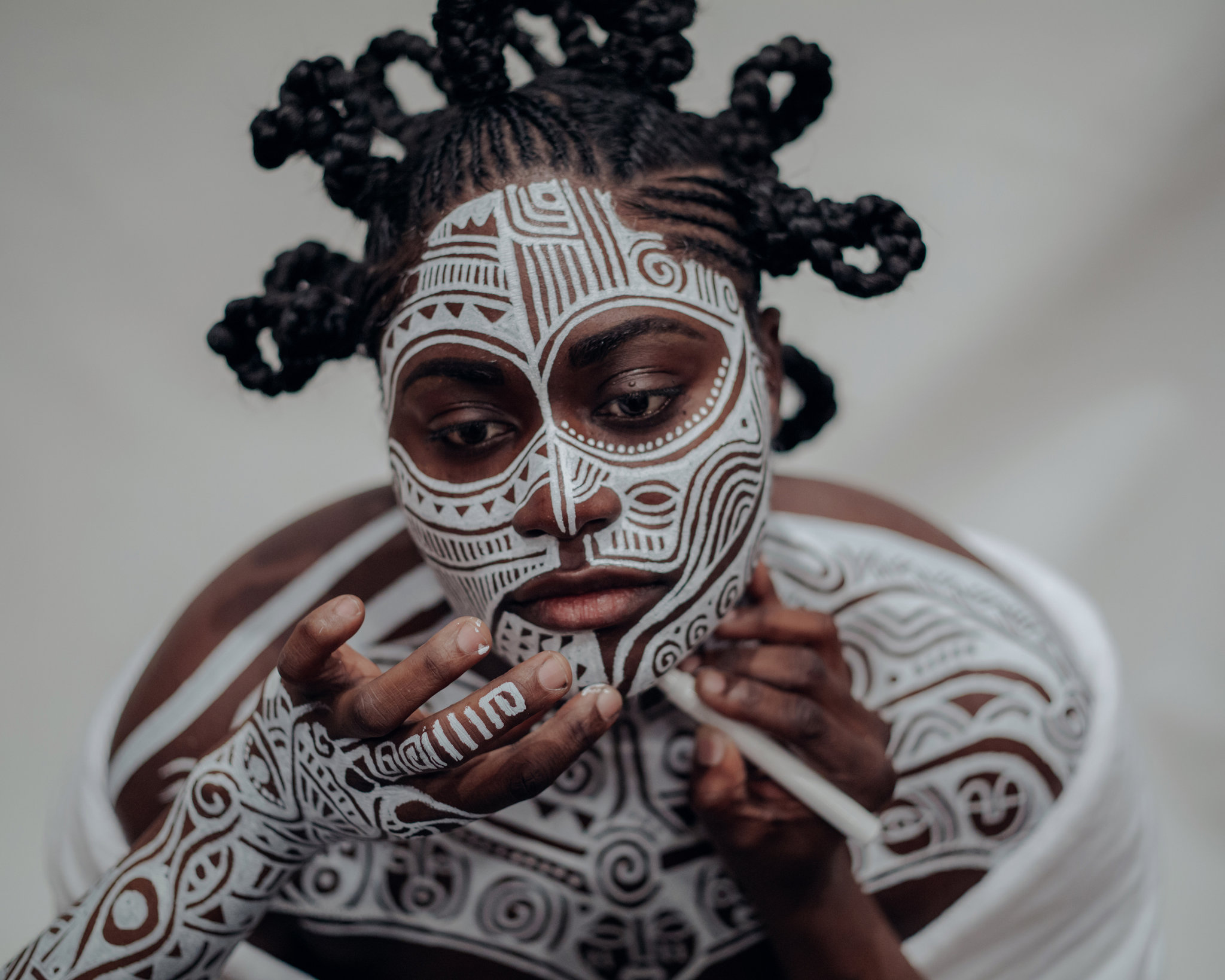
Networking, Collaboration, and Community Building Among African Artists
Social media has fostered an environment that encourages networking, collaboration, and community building among African artists. By connecting with other artists, curators, and collectors online, they can exchange ideas, facilitate joint projects, and expand their creative horizons.
- Invisible Borders – A collective of African artists, writers, and photographers who share their work and stories through social media platforms. This initiative aims to break down barriers and create a transcontinental dialogue, fostering a sense of unity and collaboration among African artists.
- The African Artists Foundation – An organization dedicated to promoting African artists through various social media channels. By providing a platform for emerging and established artists to connect and collaborate, the foundation aims to empower and strengthen the African art community.
- Everyday Africa – A photography project that uses Instagram to share images of everyday life in Africa, captured by photographers from across the continent. By showcasing diverse perspectives and stories, the project aims to challenge stereotypes and promote a better understanding of African realities.
- Addis Foto Fest – Founded by Ethiopian photographer Aida Muluneh, this international photography festival leverages social media to connect photographers, curators, and collectors from Africa and beyond. The event fosters collaboration and networking opportunities, contributing to the growth of the African photography scene.
Social Media as a Tool for Activism and Social Commentary in African Art
Many African artists have embraced social media as a powerful platform for activism and social commentary. Through their work, they address social, political, and environmental issues, using the global reach of social media to amplify their messages.
-
- Aida Muluneh – As an Ethiopian photographer, Muluneh uses her art to highlight pressing social and environmental challenges, such as water scarcity in Africa. Through her social media presence, she shares powerful images that encourage viewers to engage with these issues and consider the human impact of climate change.
- Yagazie Emezi – A Nigerian documentary photographer focusing on social issues, Emezi uses social media platforms like Instagram to share her compelling visual narratives. Her work often highlights the struggles faced by marginalized communities, such as people living with disabilities, aiming to foster empathy and understanding.
- Graffiti artists in Tunisia – Following the 2011 Tunisian Revolution, street artists have used social media to document and share their politically inspired graffiti. By capturing and disseminating their work online, they contribute to the ongoing discourse about democracy, freedom, and the role of art in social change.
- Wangechi Mutu – A Kenyan-born artist based in New York, Mutu’s work explores themes such as gender, race, and colonialism. By sharing her thought-provoking art through social media, she invites viewers to engage in critical conversations about these complex issues.
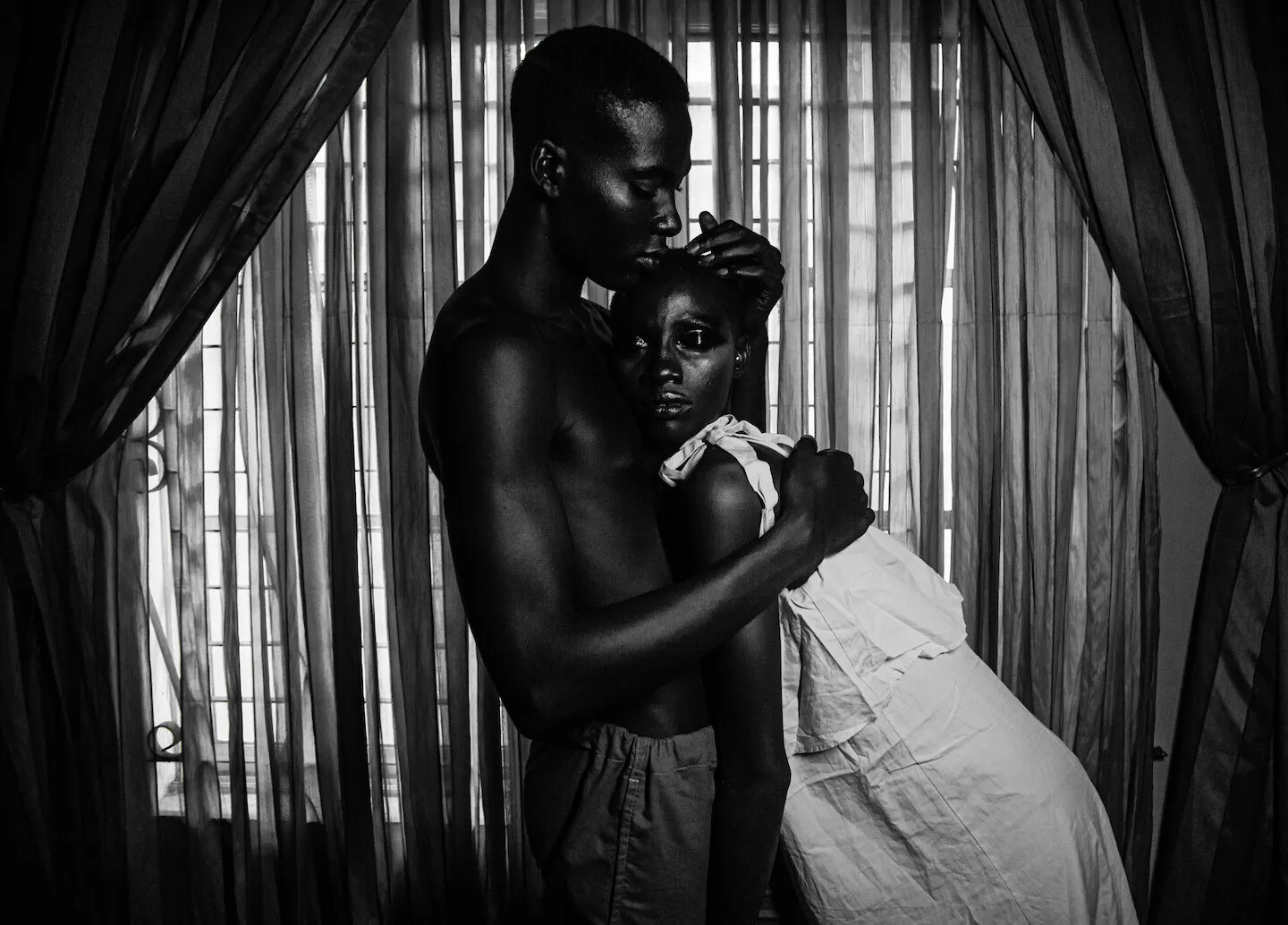
The Impact of Social Media on African Art and Artists | © Yagazie Emezi, Lilith 2020 Challenges and Opportunities Associated with Social Media in the African Art Scene
While social media offers numerous benefits for African artists, it also presents challenges and opportunities that must be navigated carefully.
- Potential for oversaturation and loss of authenticity – With the increasing number of artists sharing their work online, there is a risk of oversaturation and a perceived loss of authenticity. Artists must find ways to differentiate themselves and maintain their unique voices amid the noise.
- Navigating the online art market and ensuring fair compensation – As the art market becomes increasingly digital, artists must learn how to navigate online sales and ensure they receive fair compensation for their work. This may involve negotiating contracts, understanding royalties, and adapting to new business models.
- Balancing online presence with offline art world activities – While social media is an essential tool for artists, it is crucial not to neglect offline art world activities such as gallery exhibitions, art fairs, and residencies. Striking the right balance between online and offline presence is key to building a successful career in the arts.
- Leveraging social media analytics for better audience targeting and engagement – By understanding and utilizing social media analytics, artists can refine their content strategies, target their ideal audience, and improve engagement. This can lead to increased recognition, opportunities, and ultimately, success in the art world.Kudzanai Chiurai – A Zimbabwean artist who uses social media to share his politically charged artwork. Chiurai’s paintings, photographs, and installations tackle themes such as power, conflict, and human rights in Zimbabwe and across Africa. His online presence has helped spark conversations and raise awareness about these crucial issues.
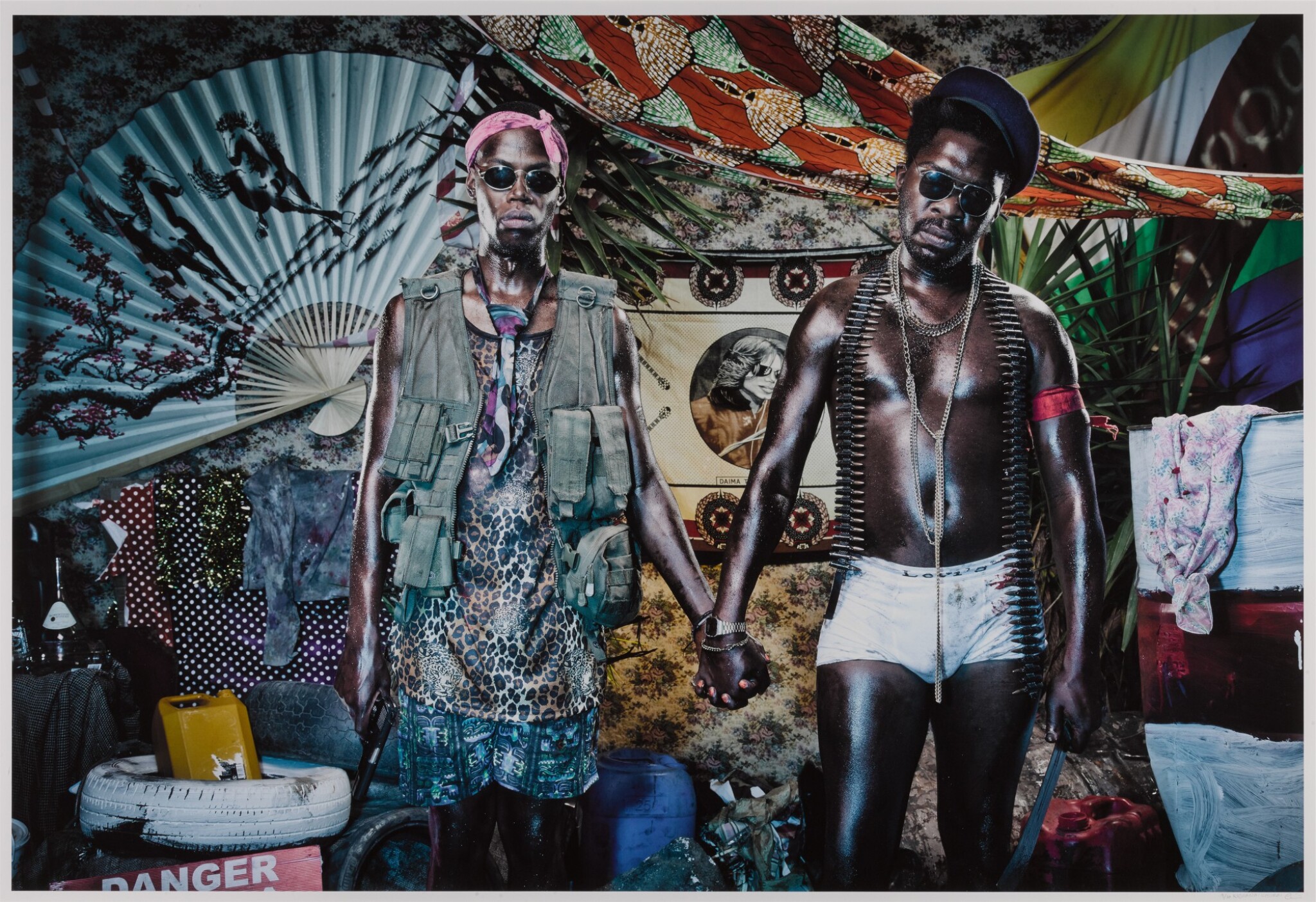
The Impact of Social Media on African Art and Artists | © Kudzanai Chiurai
Revelations III, State of the Nation series, 2011In conclusion, social media has had a profound impact on African art and artists, providing new platforms for exposure, networking, and collaboration. However, it also presents challenges that must be carefully navigated in order to maintain authenticity and ensure fair compensation. Through the numerous case studies and examples presented in this journal, it is evident that African artists have embraced social media as an essential tool for shaping their careers and expanding their creative horizons. As the digital landscape continues to evolve, it is crucial for artists to adapt and harness the power of social media to shape the future of African art in a global context.
Frequently Asked Questions
How has social media influenced the global recognition of African art?
Social media has helped African artists overcome geographical barriers, allowing them to showcase their work to a worldwide audience. This exposure has led to increased recognition, collaboration opportunities, and the ability to participate in international art events.
Can you provide examples of African artists who gained popularity through social media?
Some examples of African artists who have gained popularity through social media include Laolu Senbanjo, Tony Gum, Osborne Macharia, and Karabo Poppy Moletsane.
How does social media facilitate networking and collaboration among African artists?
Social media allows African artists to connect with other artists, curators, and collectors, fostering an environment of idea exchange, joint projects, and creative growth. Examples of collaborative projects and initiatives include Invisible Borders, The African Artists Foundation, Everyday Africa, and Addis Foto Fest.
What are the challenges faced by African artists using social media?
African artists face challenges such as oversaturation, loss of authenticity, navigating the online art market, ensuring fair compensation, and balancing online presence with offline art world activities.
How do African artists use social media for activism and social commentary?
Many African artists use social media to share their work addressing social, political, and environmental issues. By amplifying their messages, they encourage viewers to engage with these issues and consider their broader implications. Examples of such artists include Kudzanai Chiurai, Aida Muluneh, Yagazie Emezi, Tunisian graffiti artists, and Wangechi Mutu.

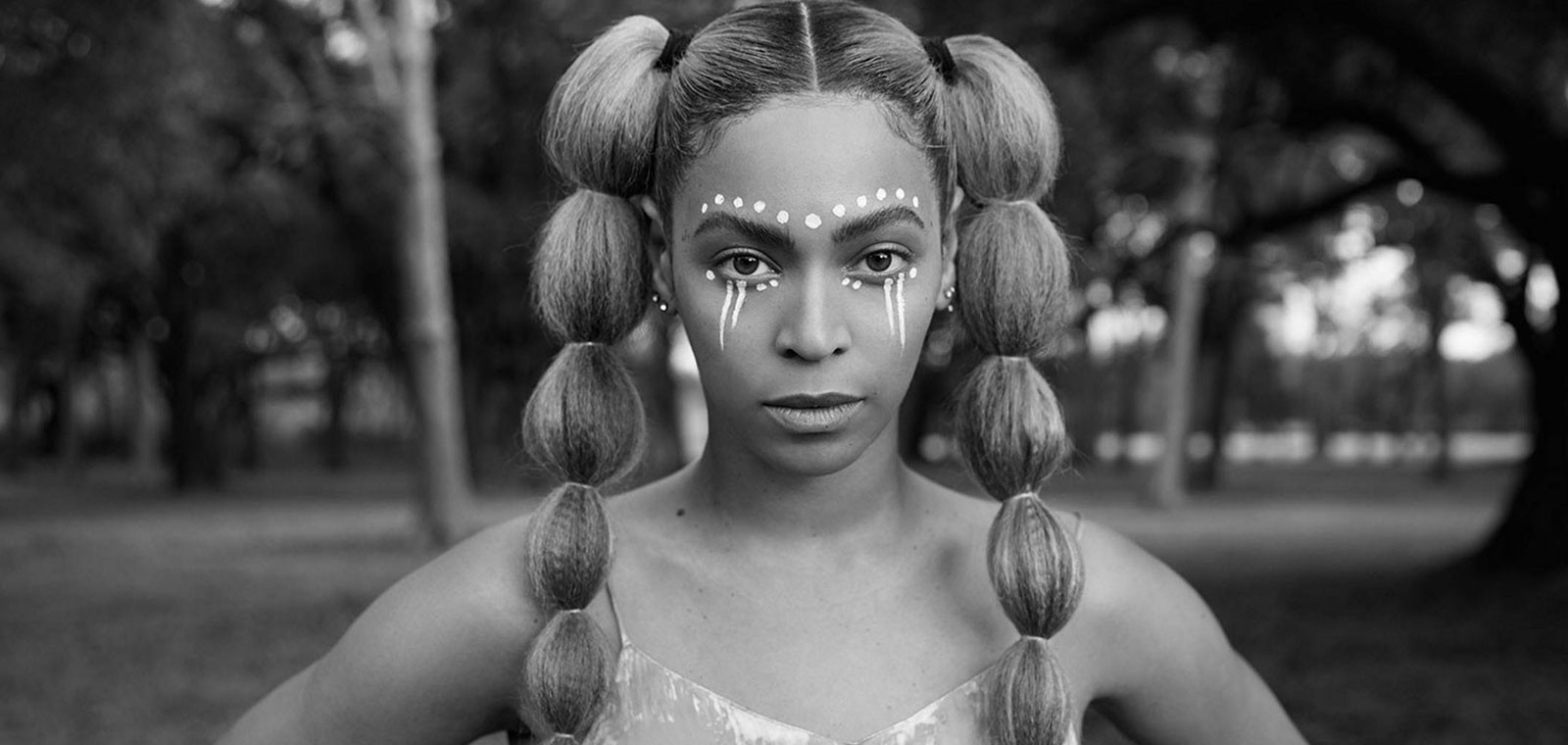
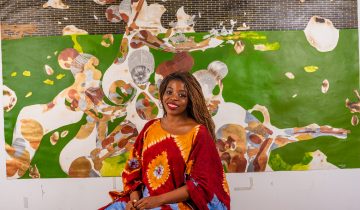
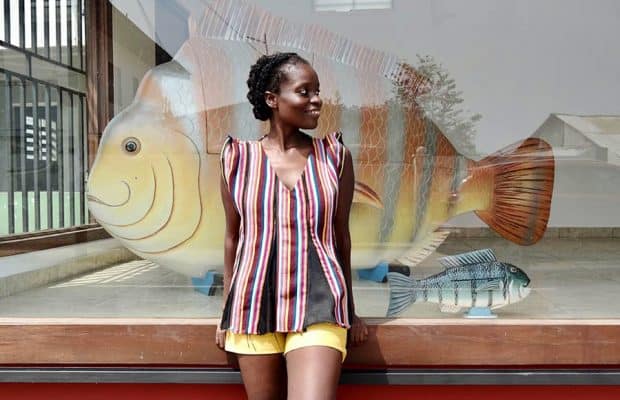

 No products in the basket.
No products in the basket.